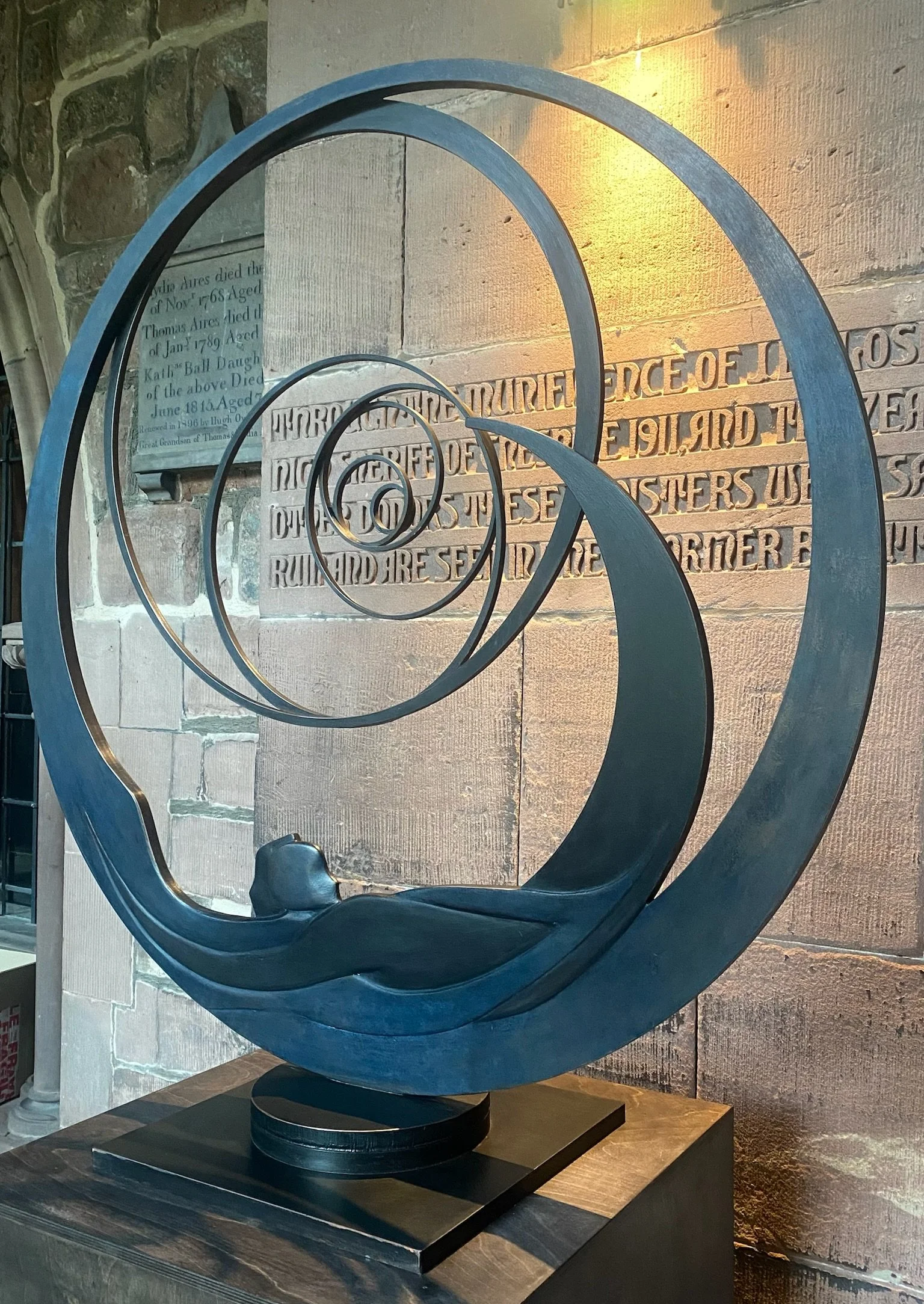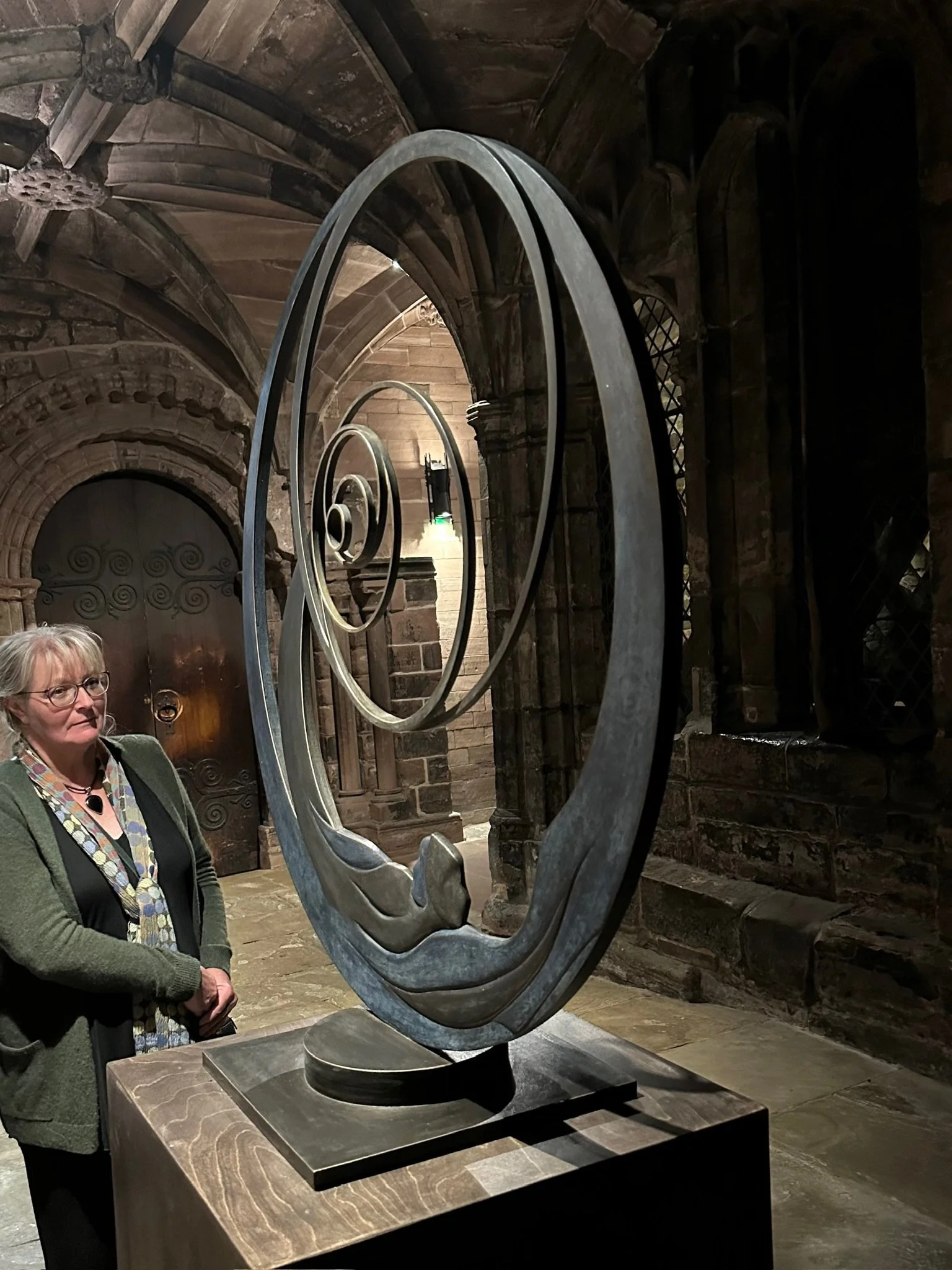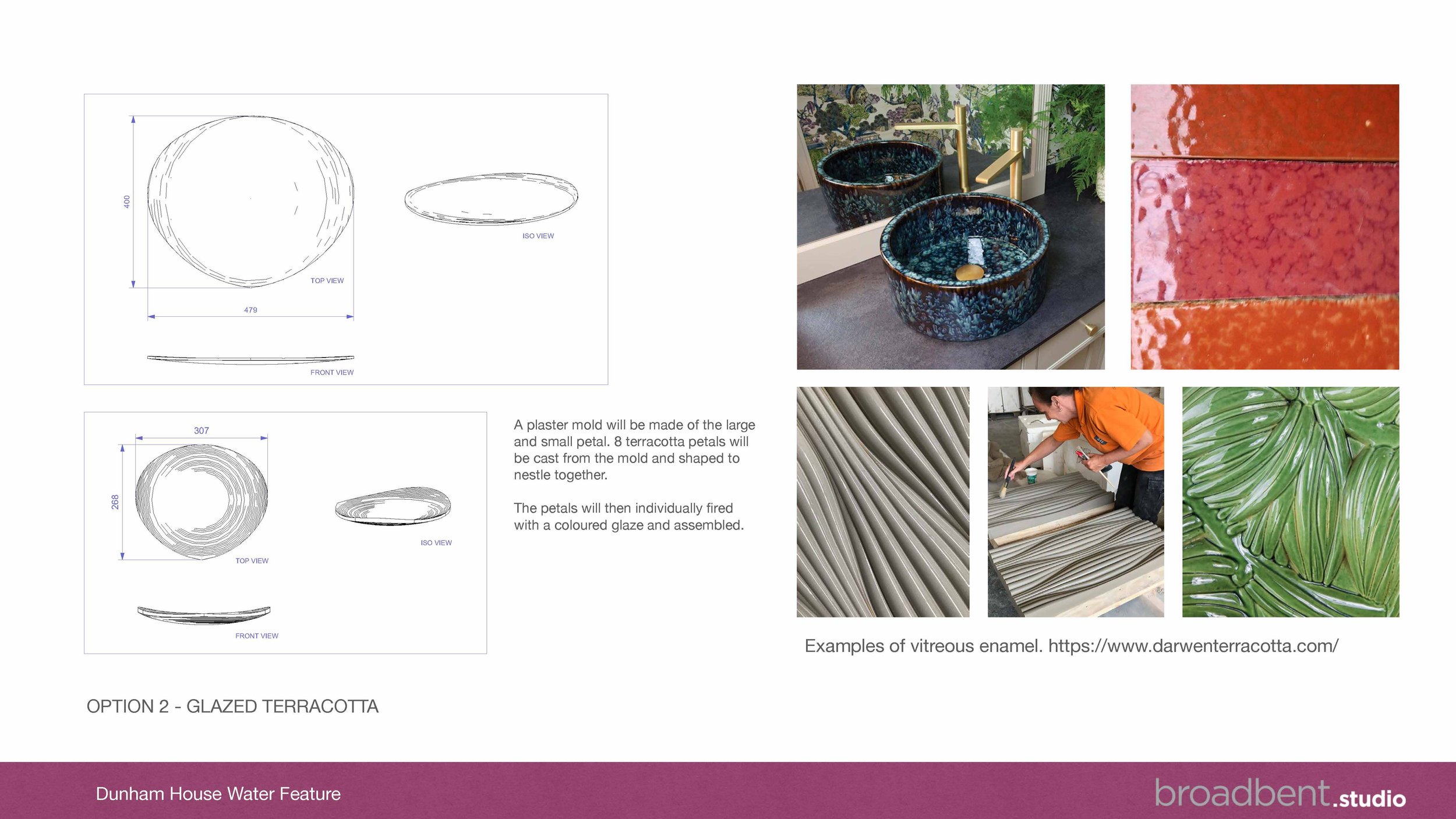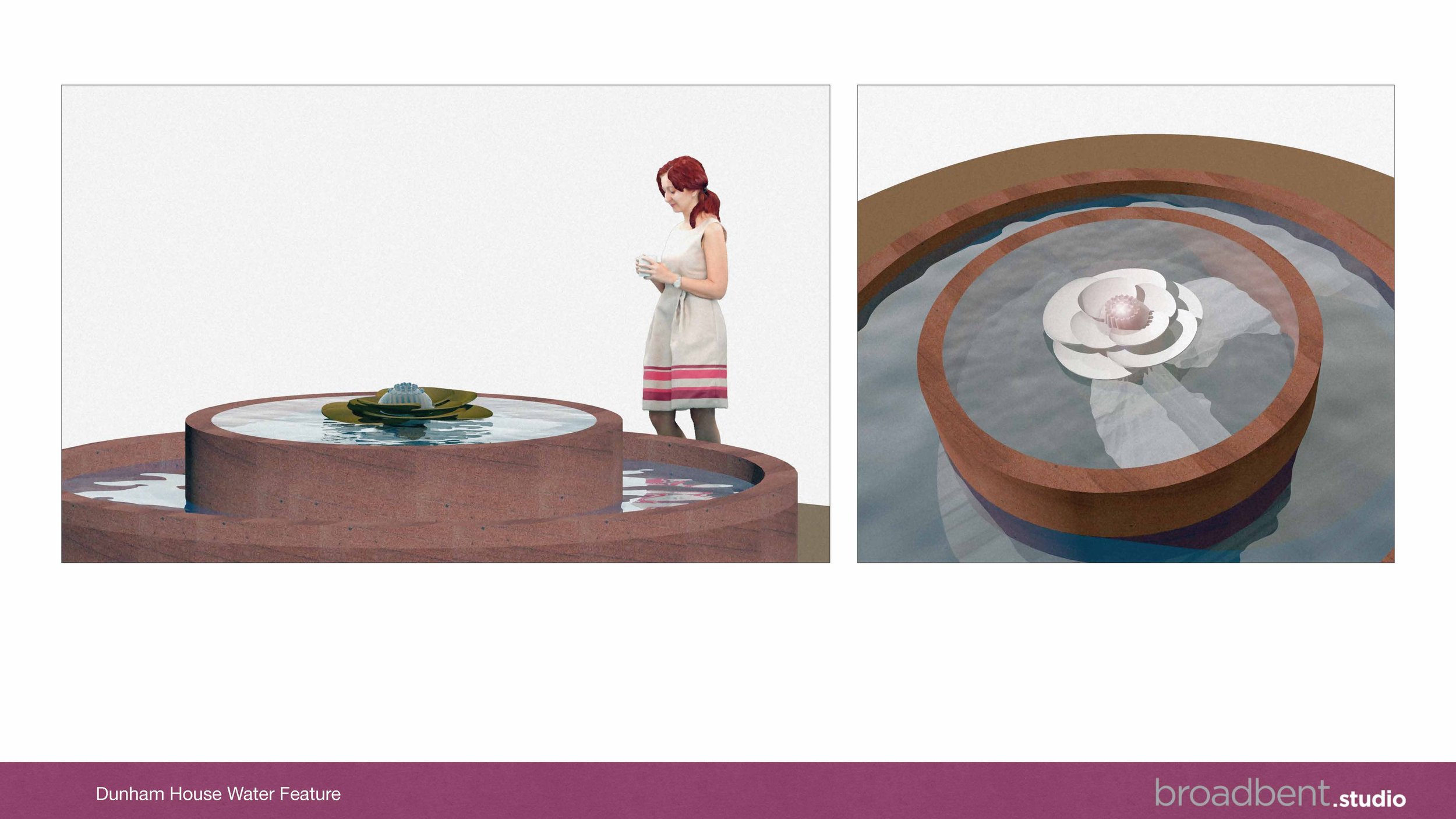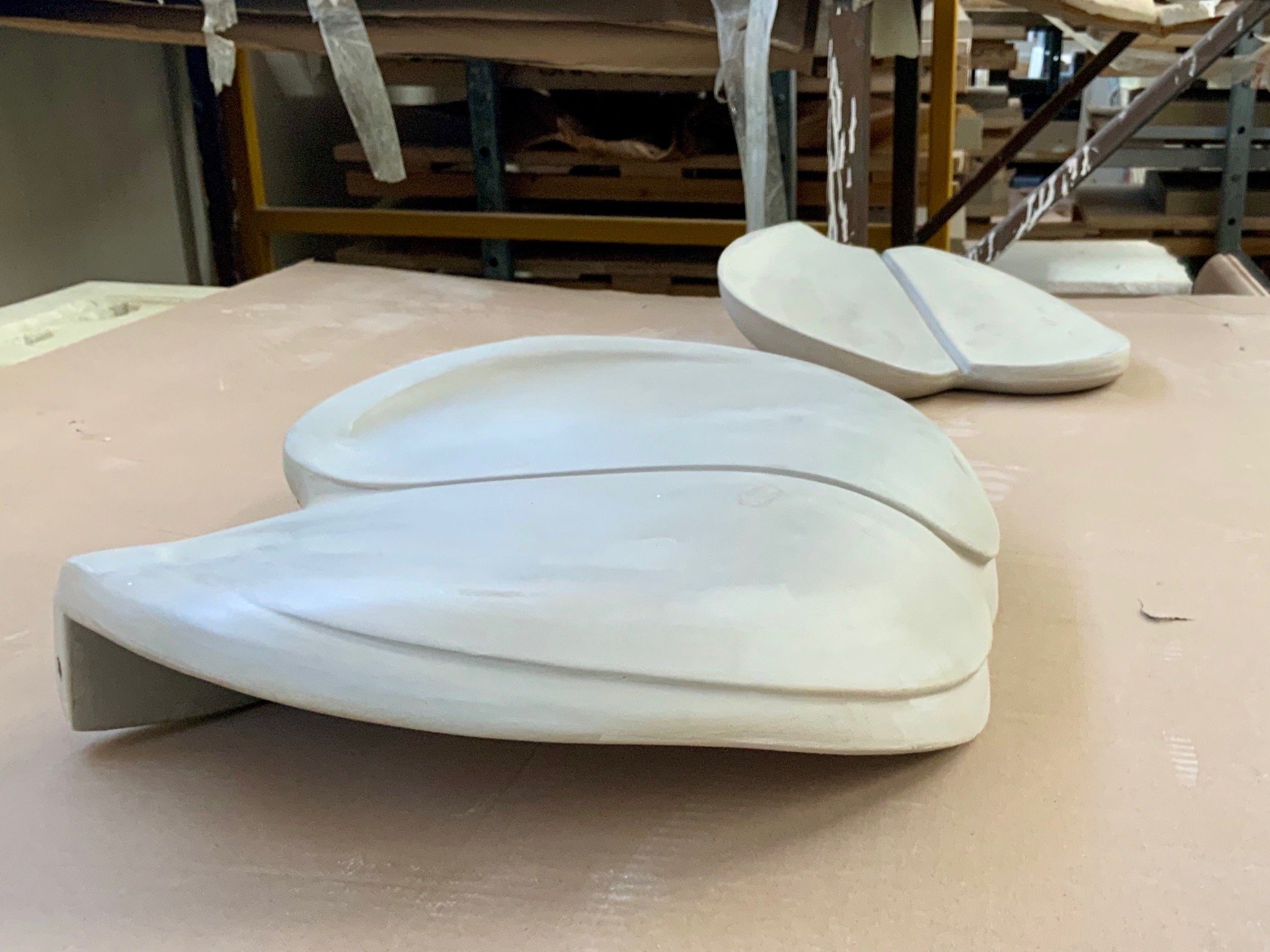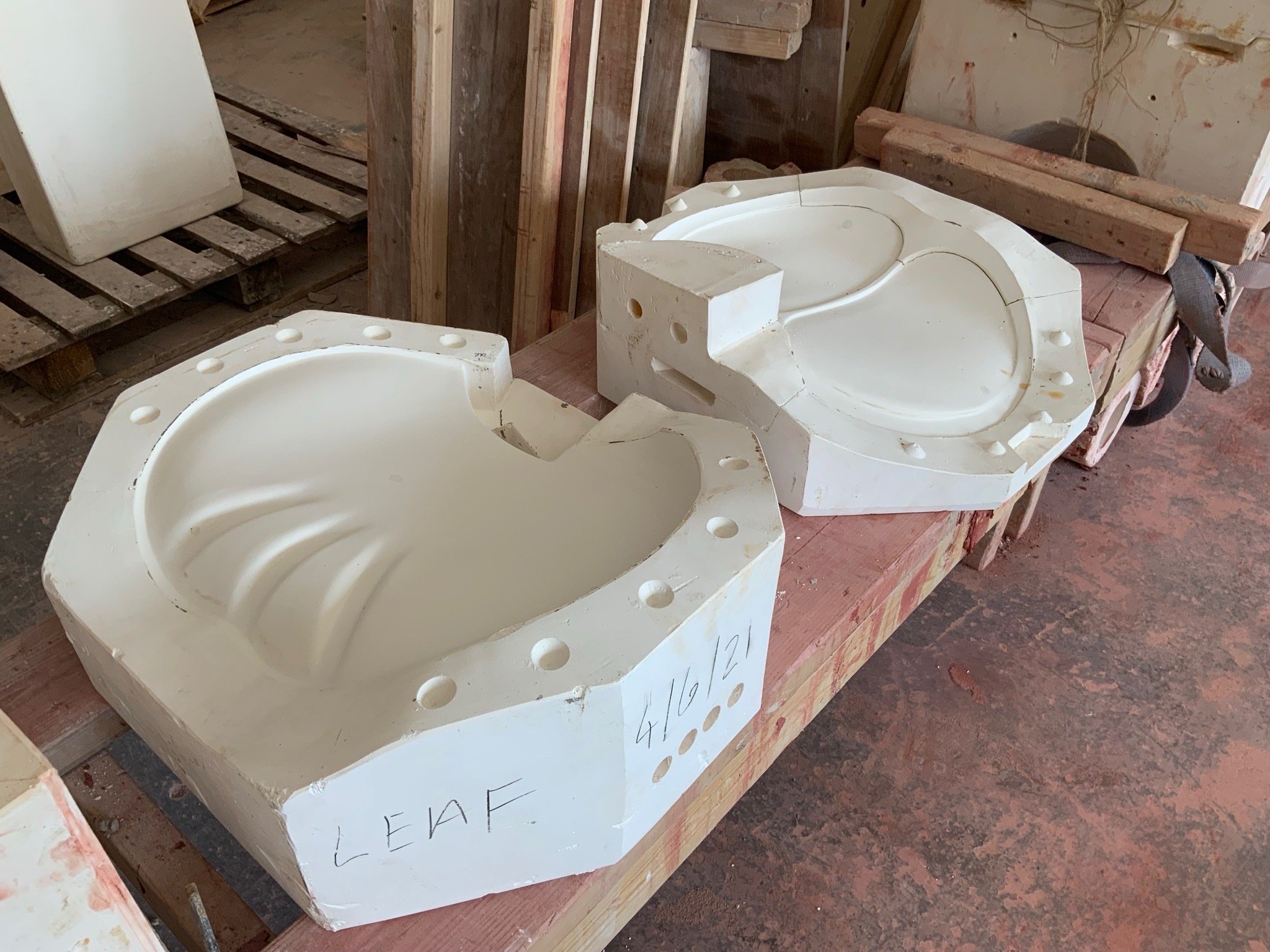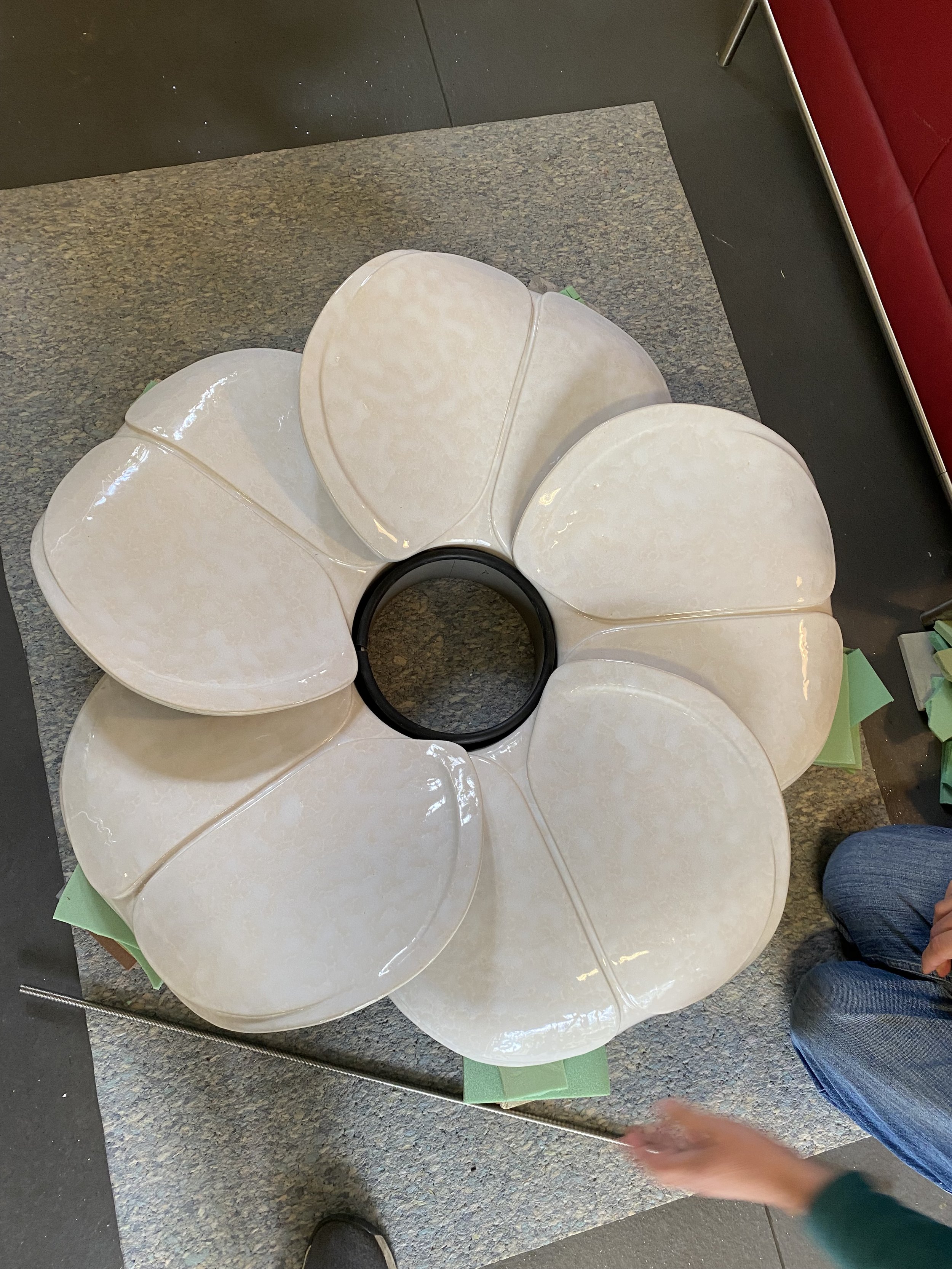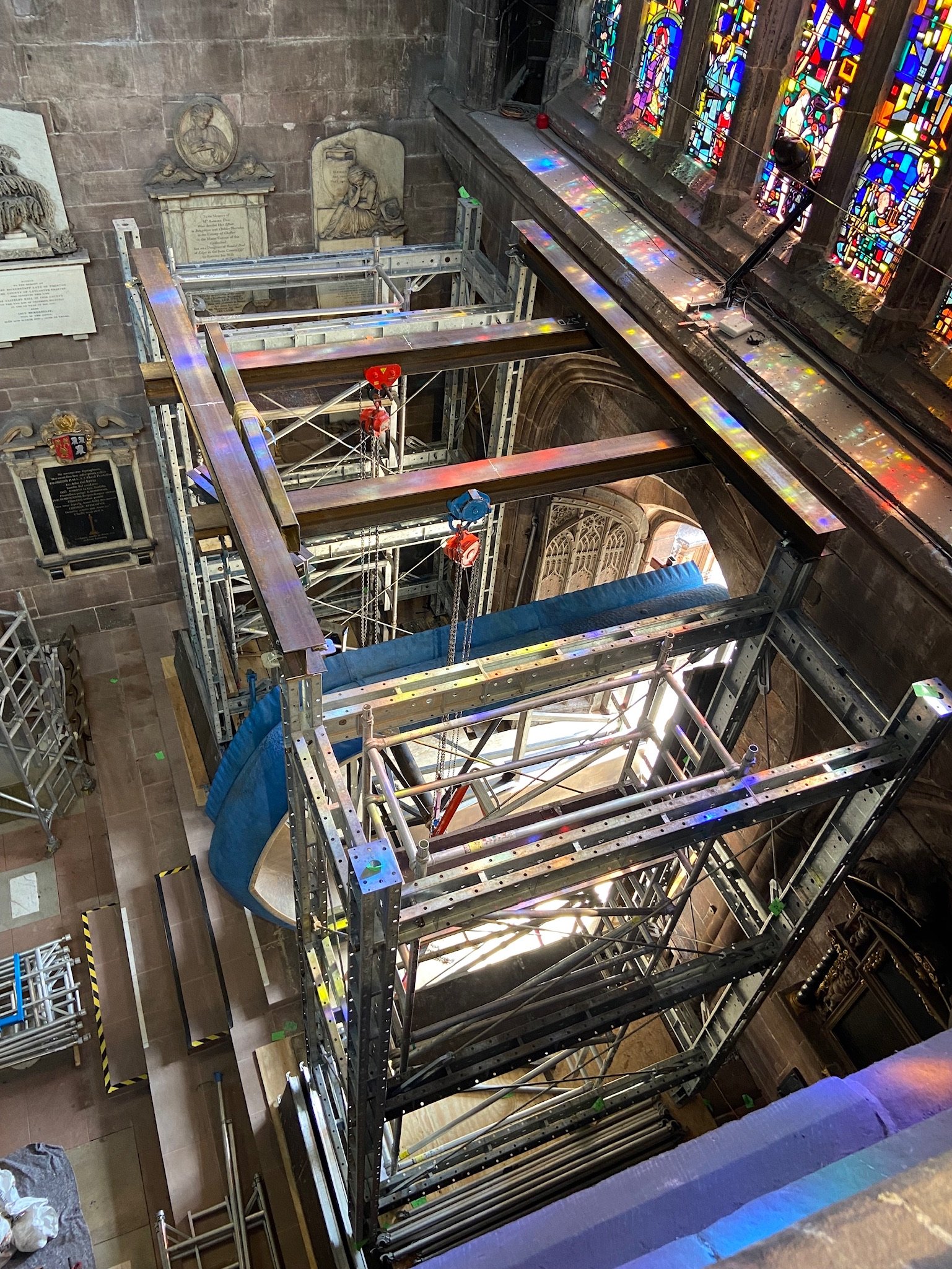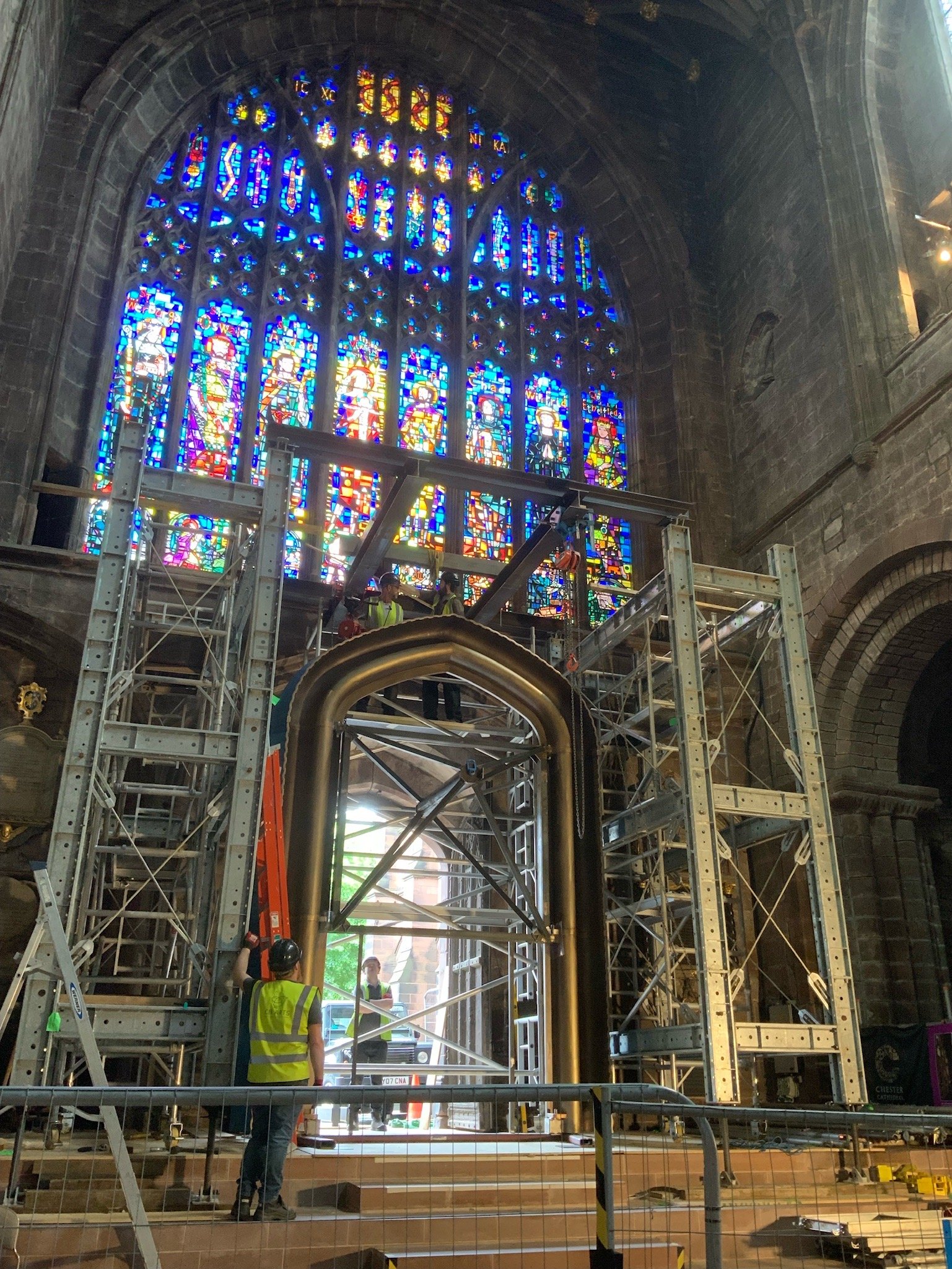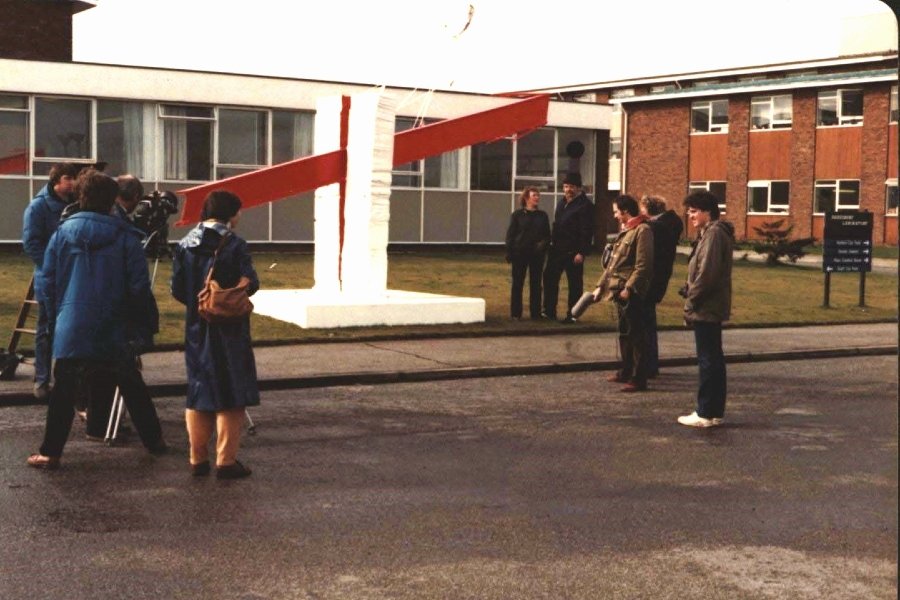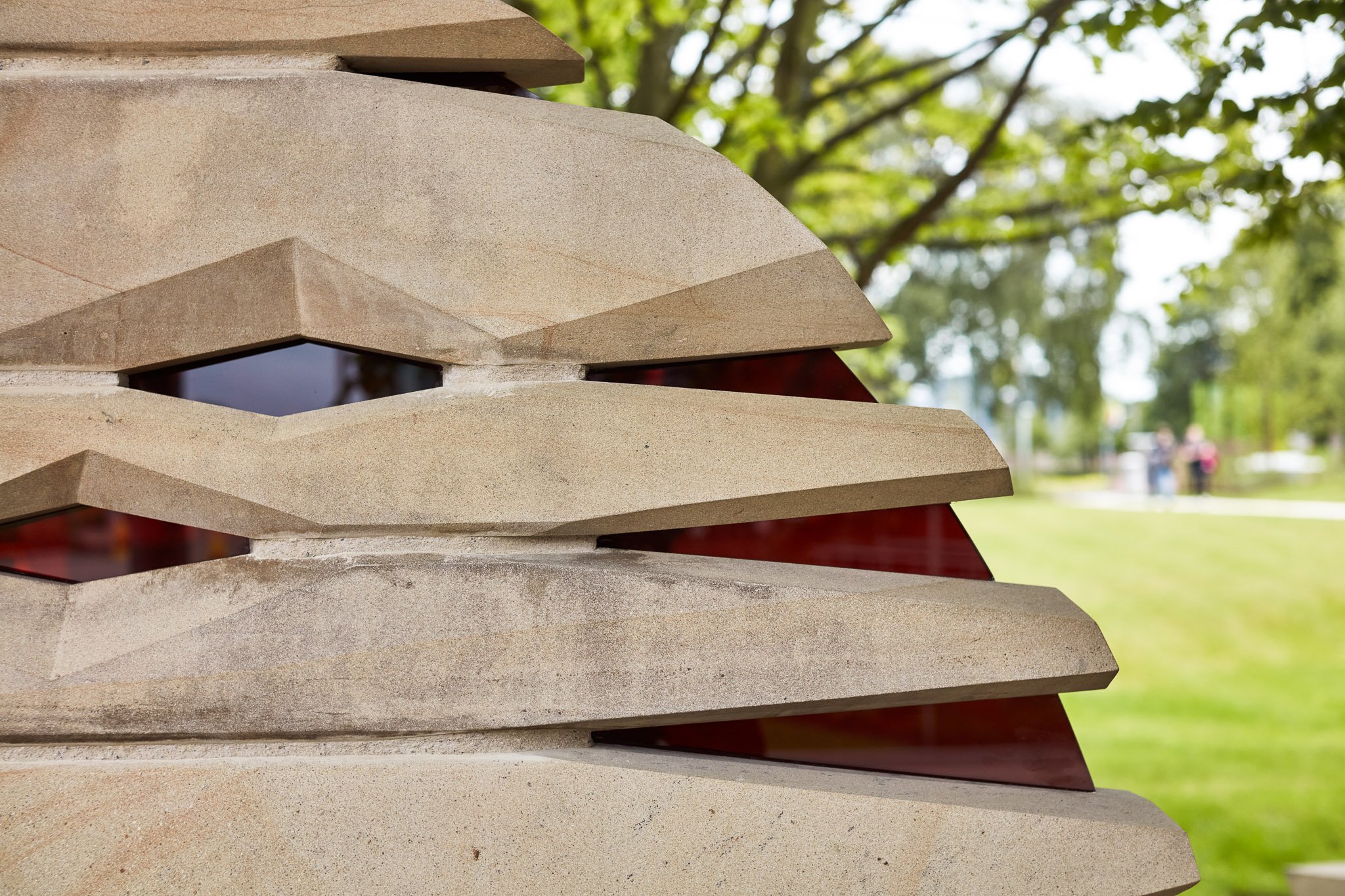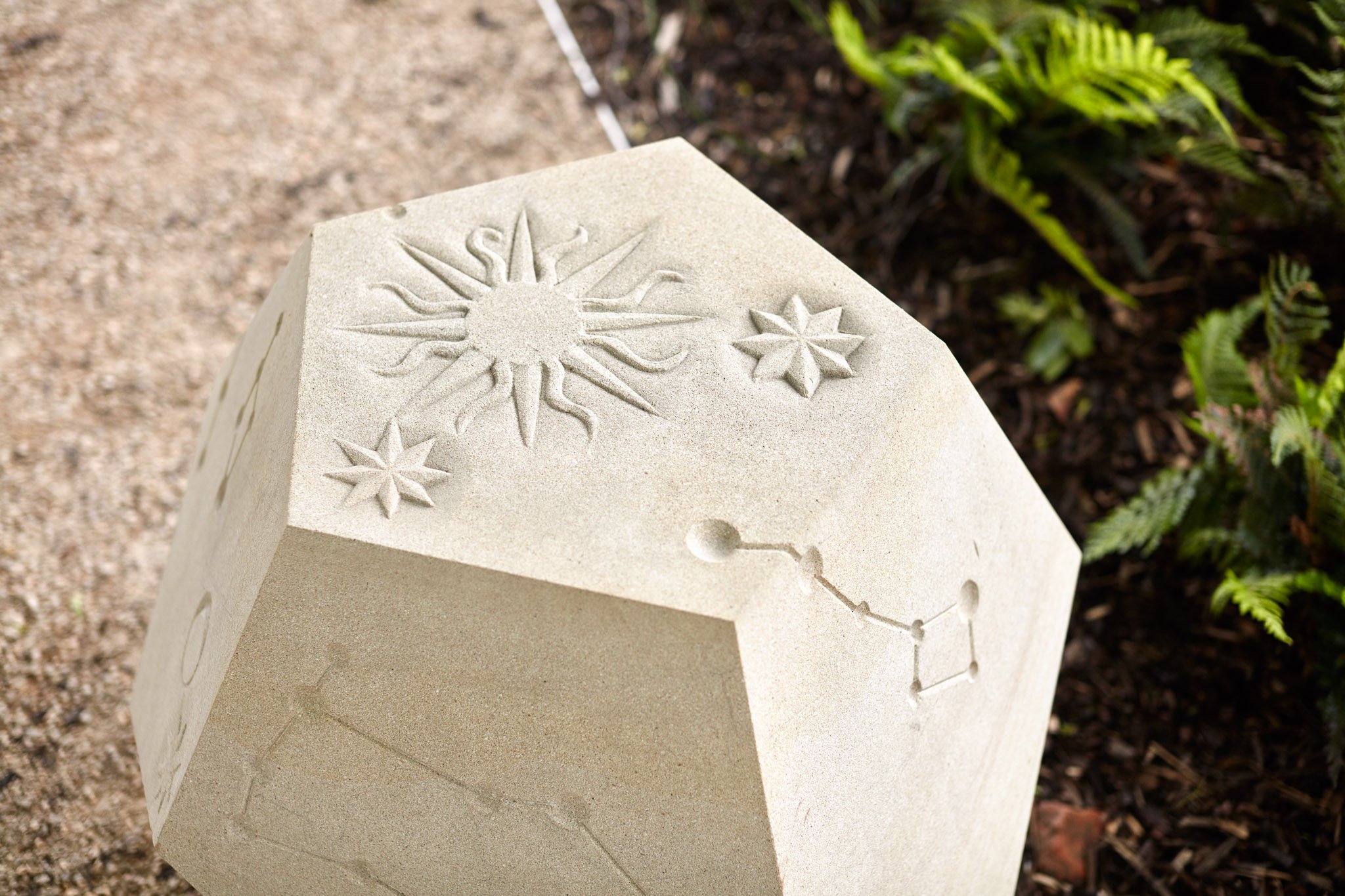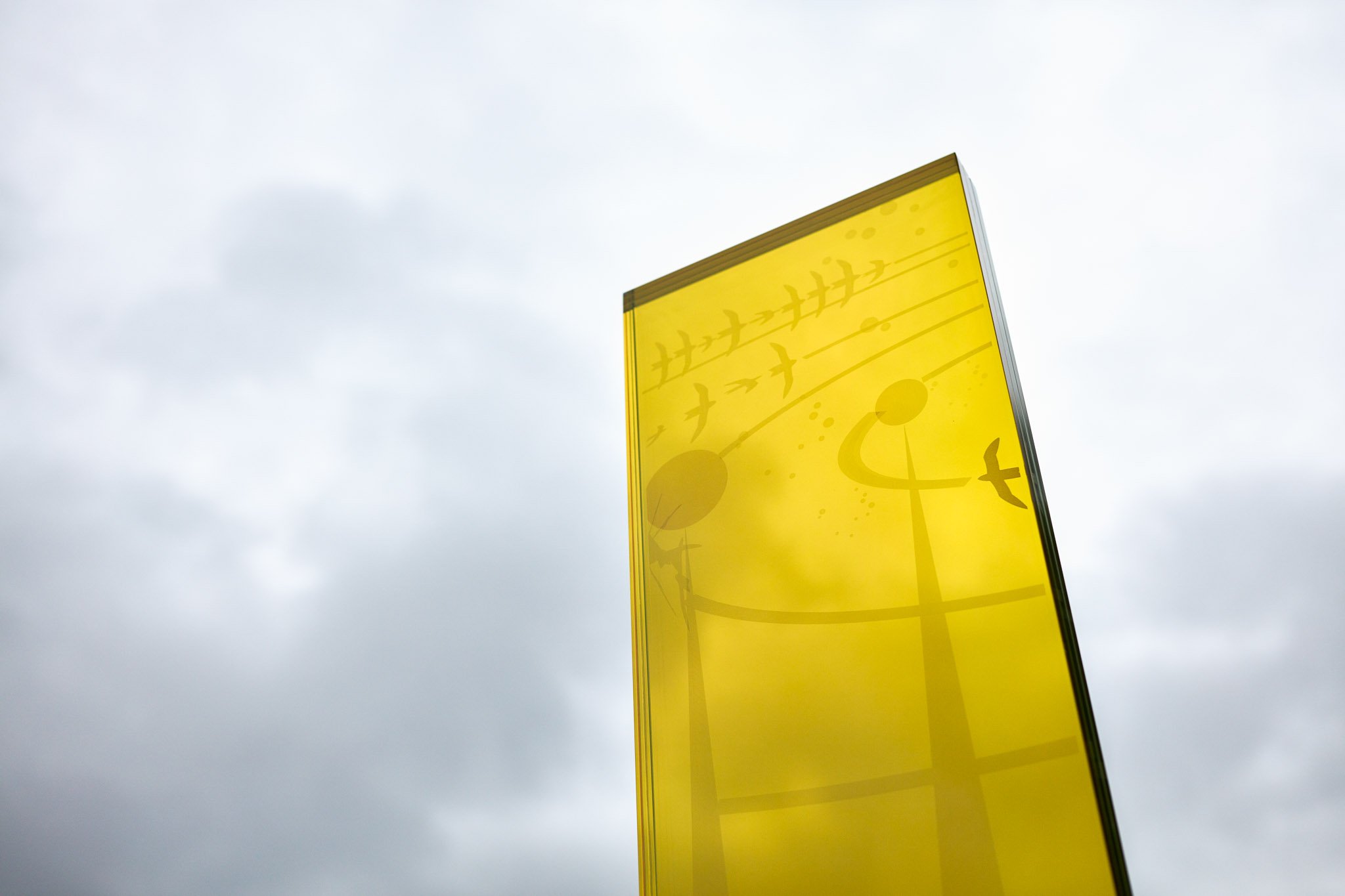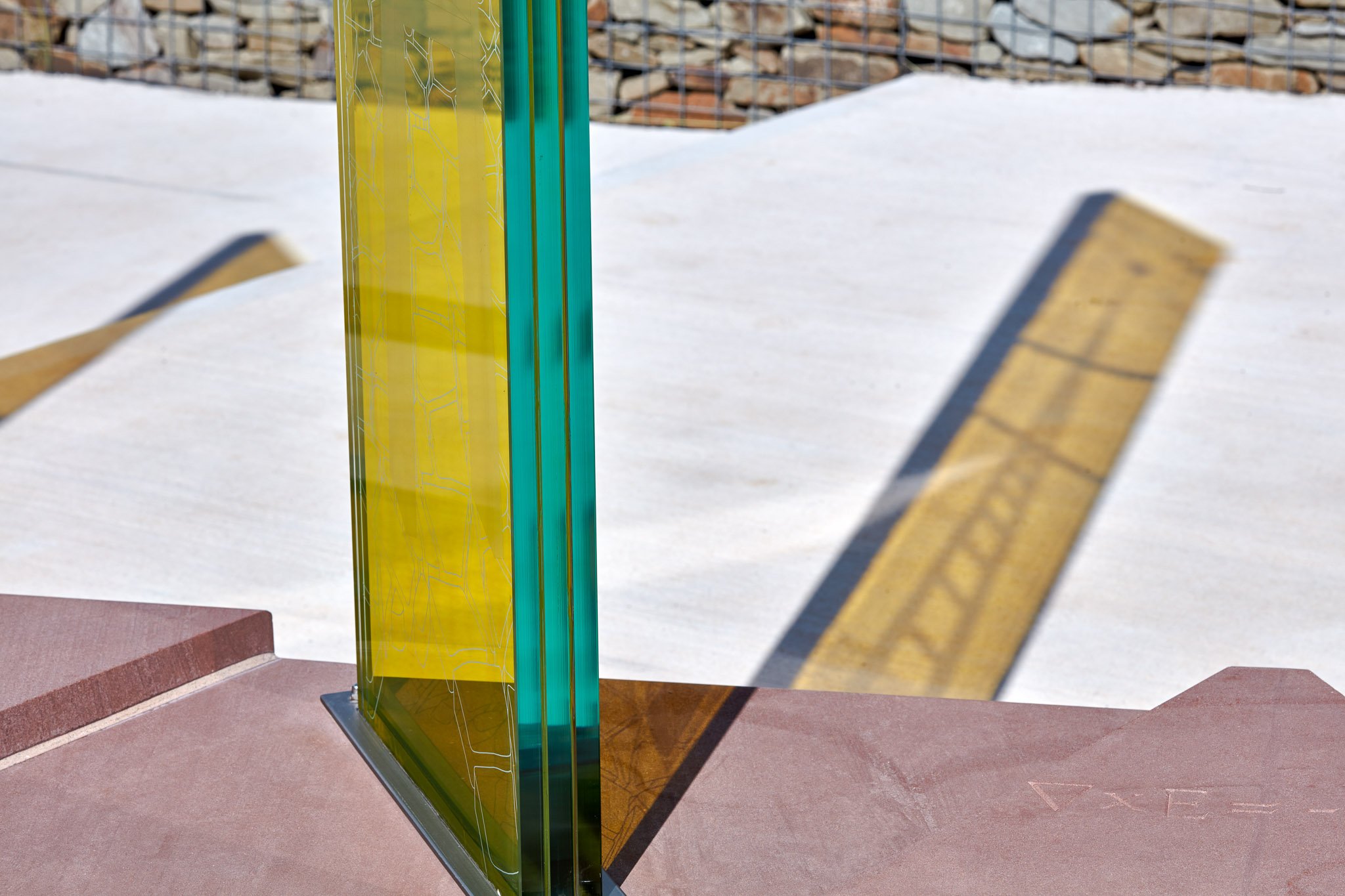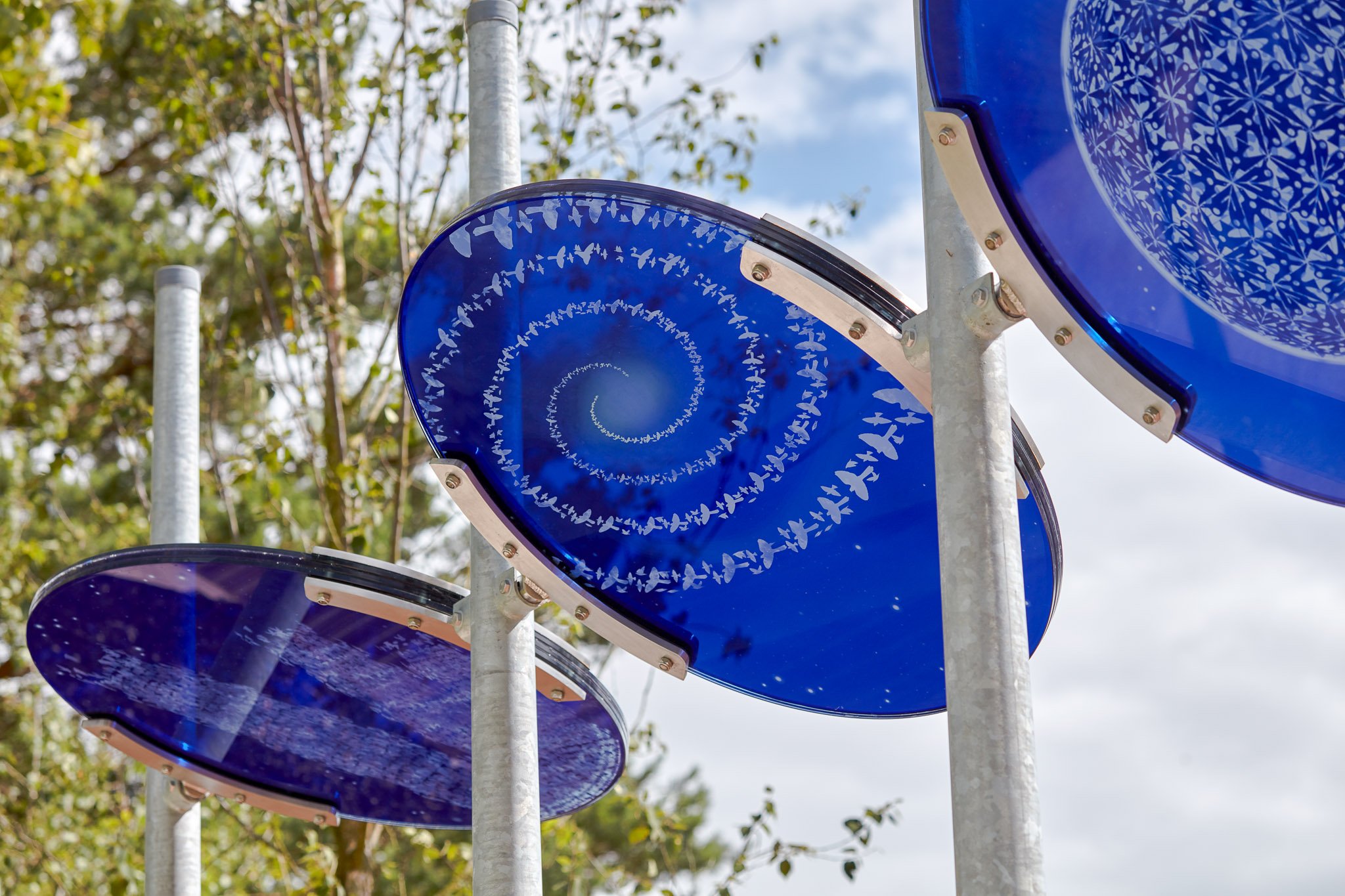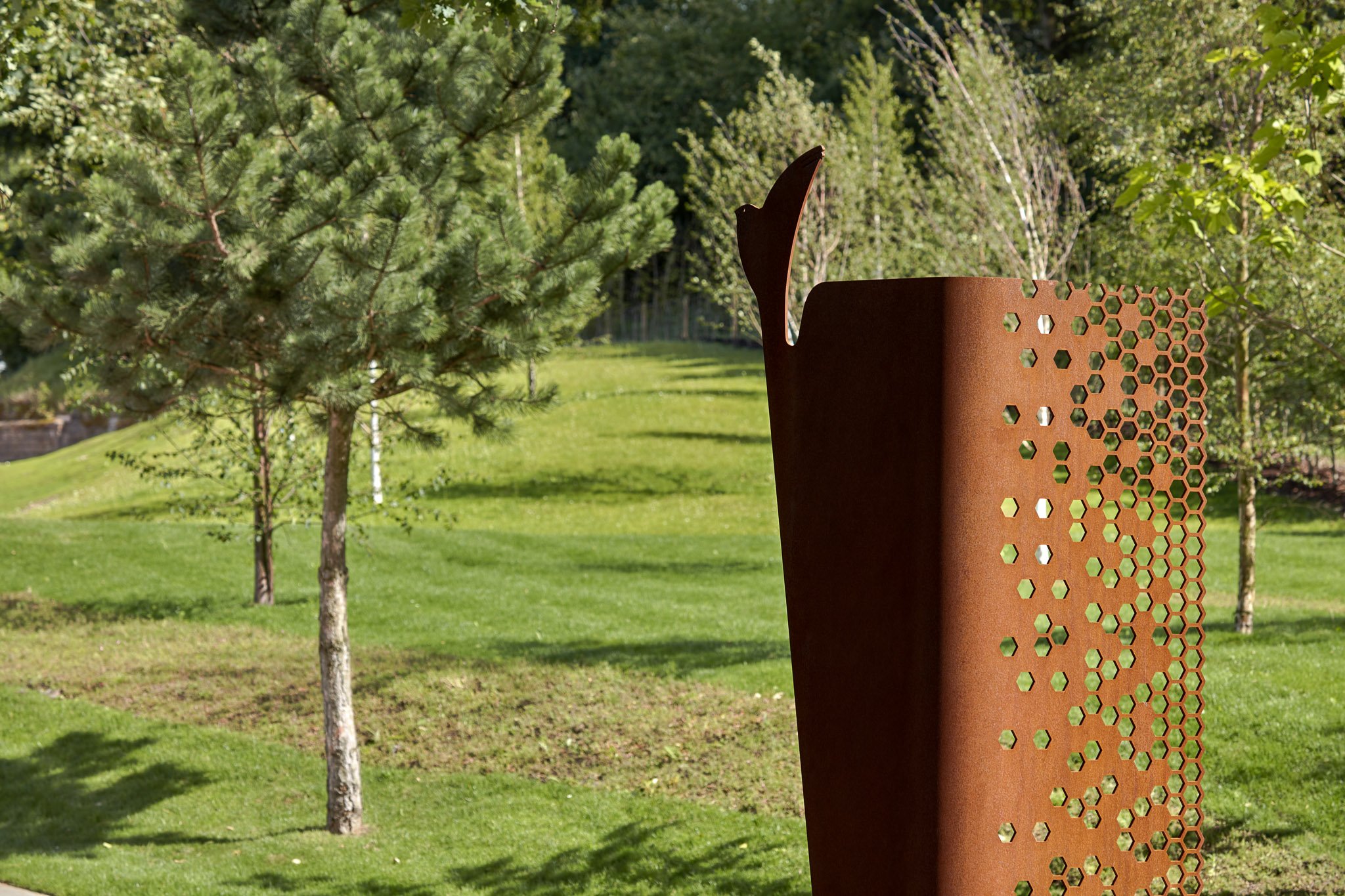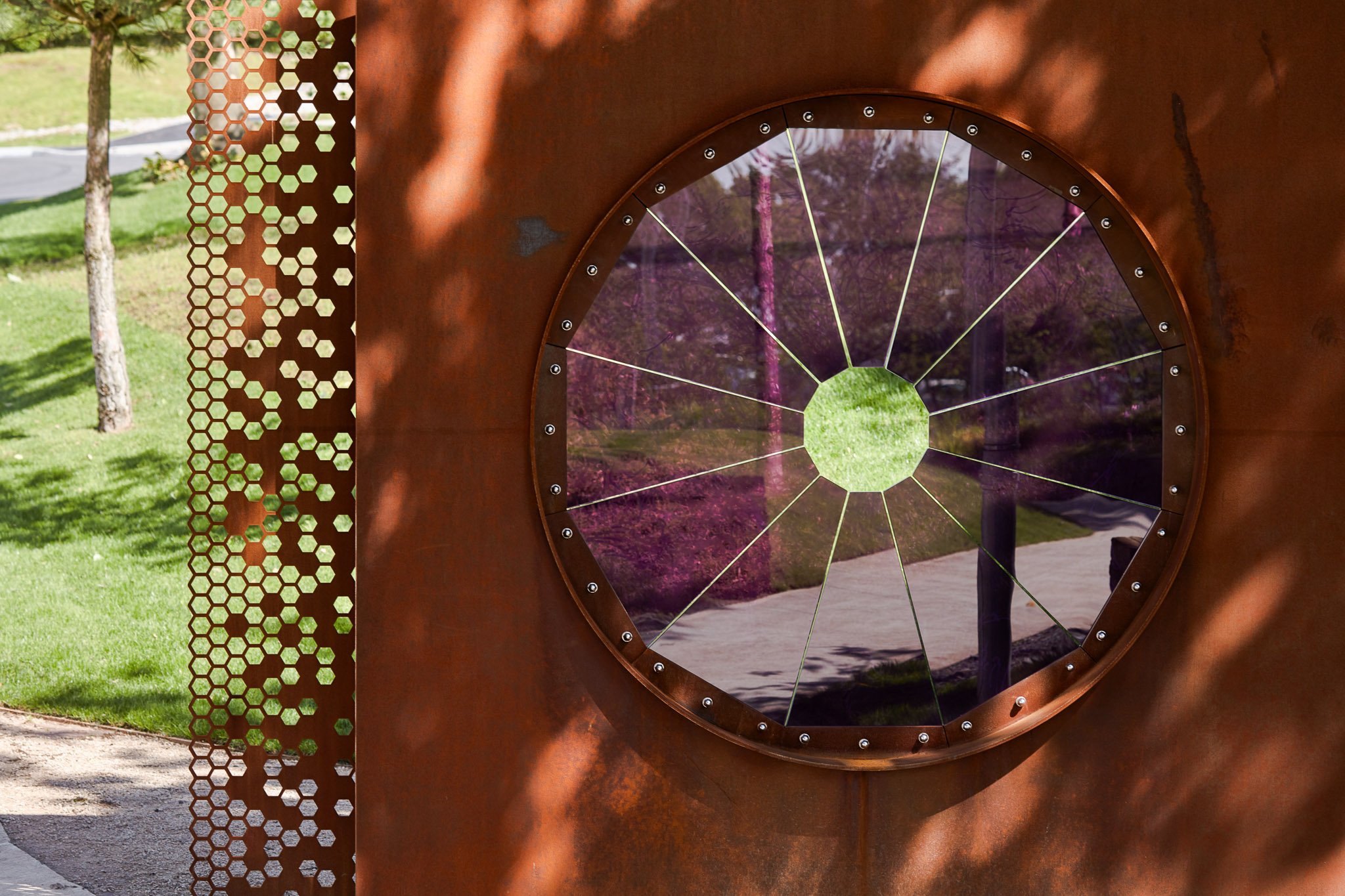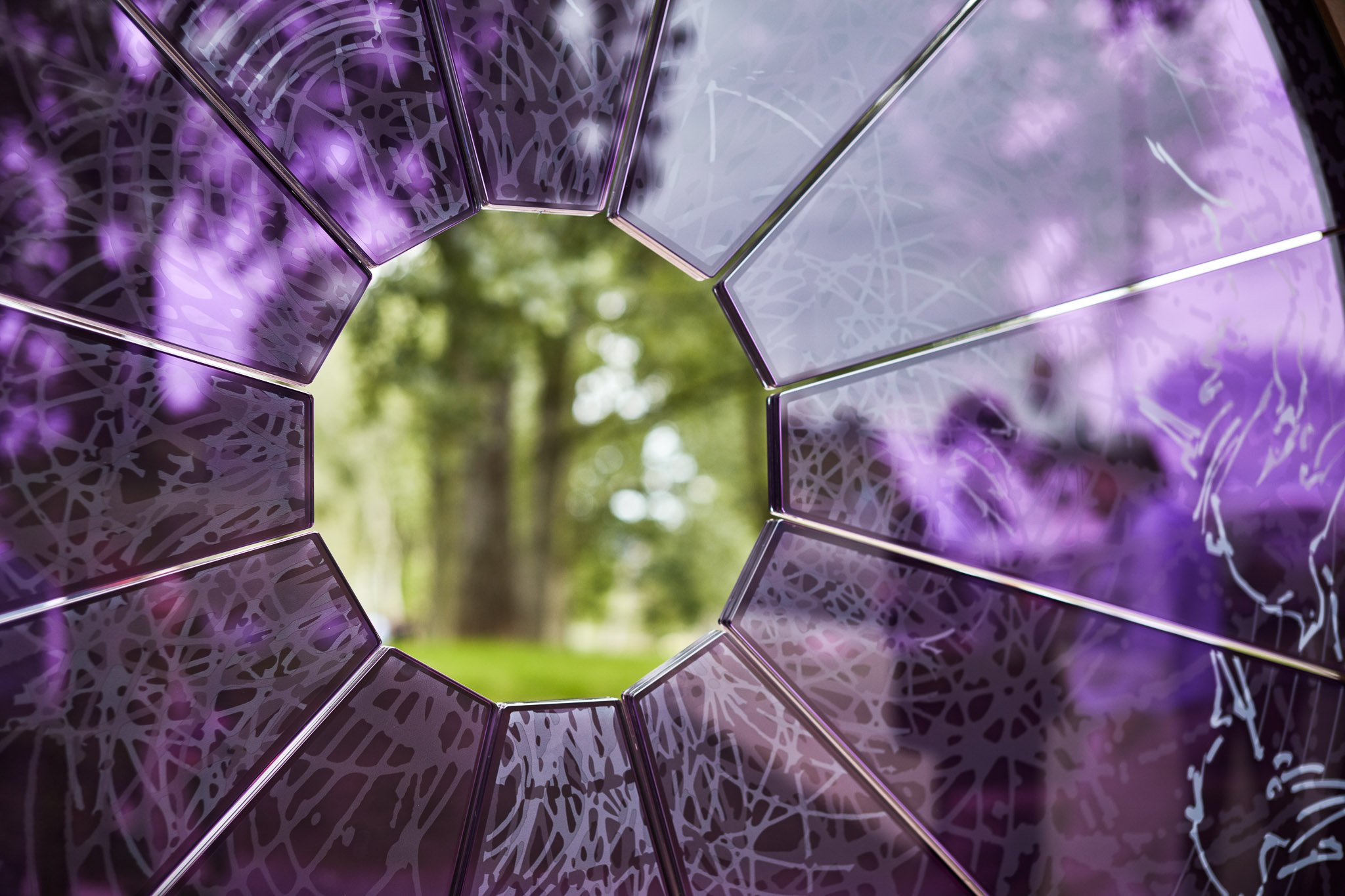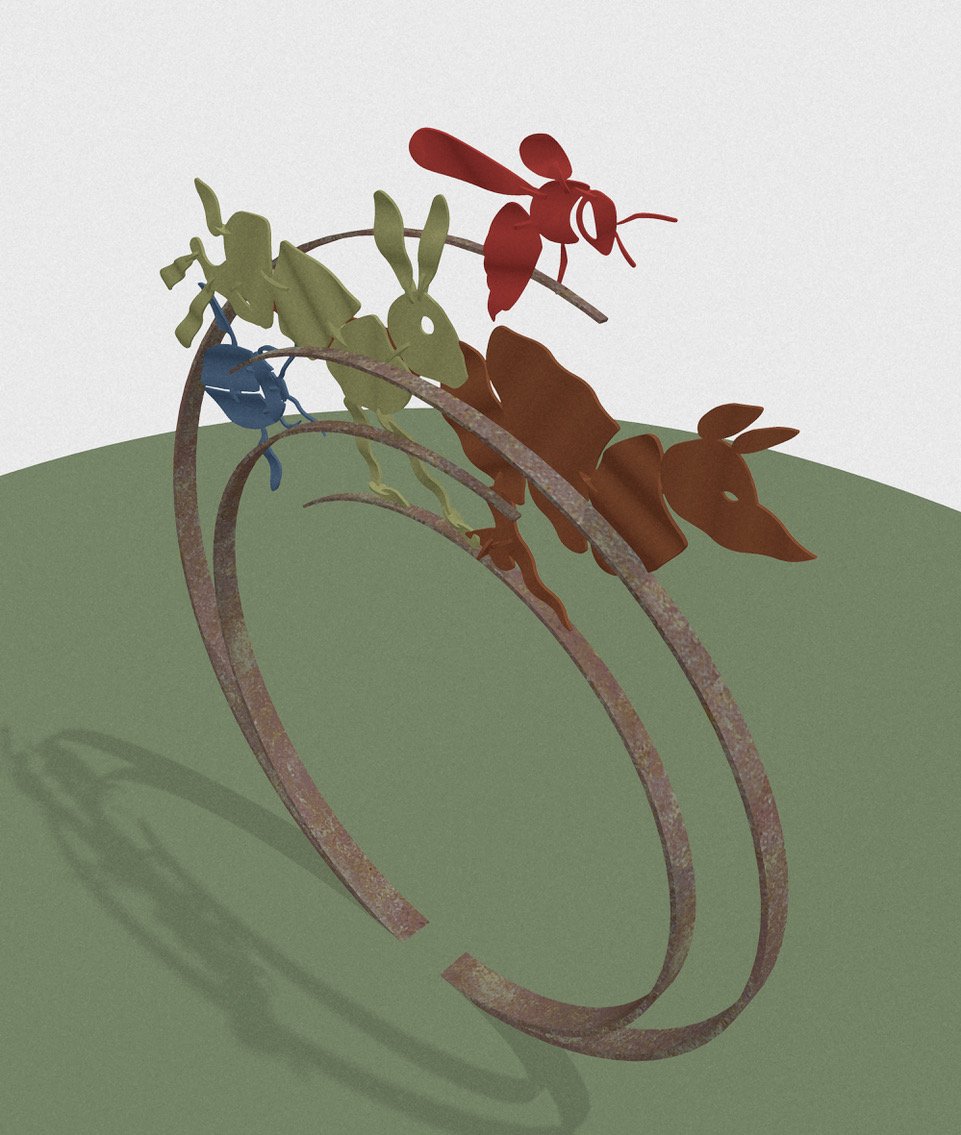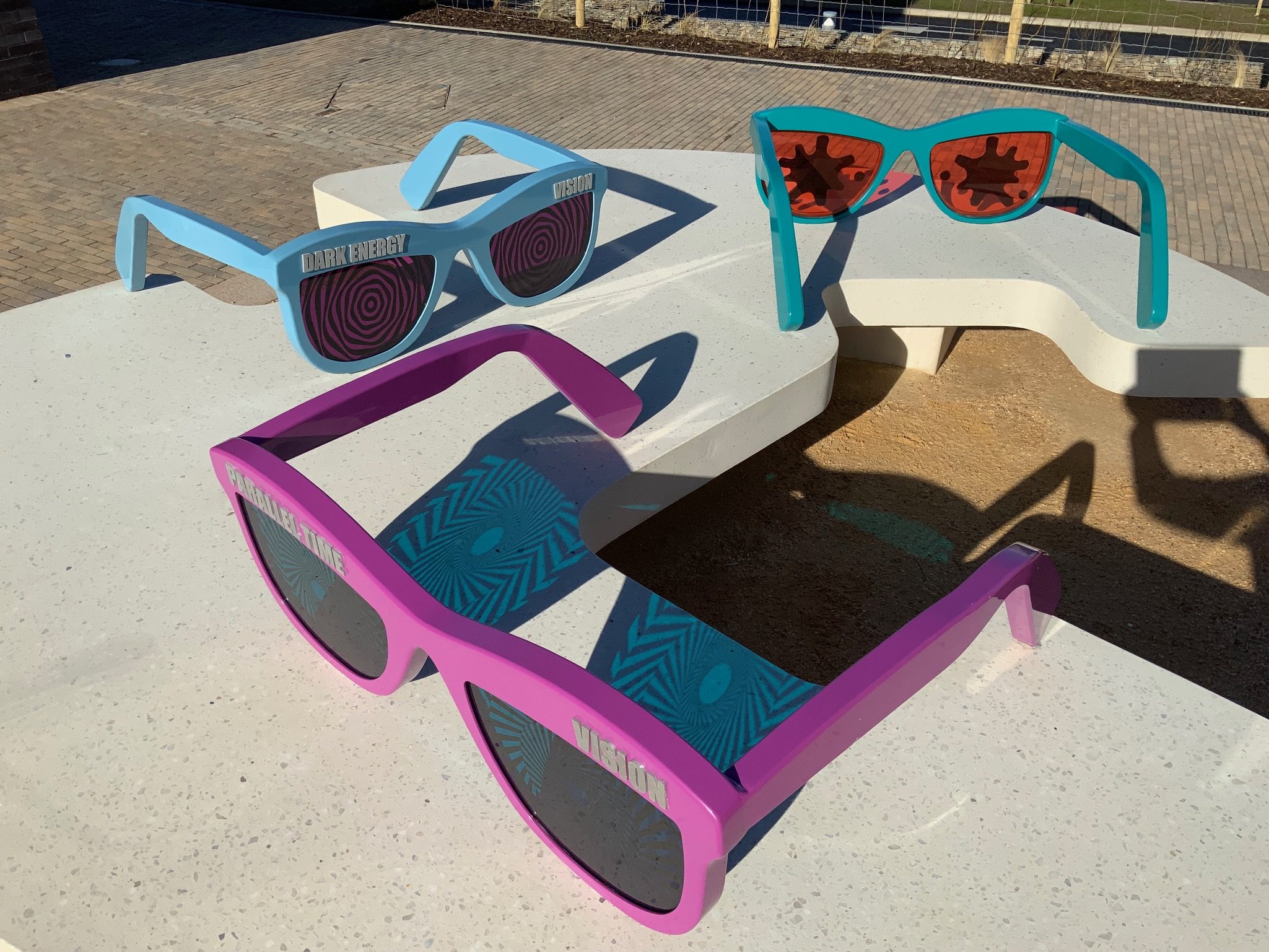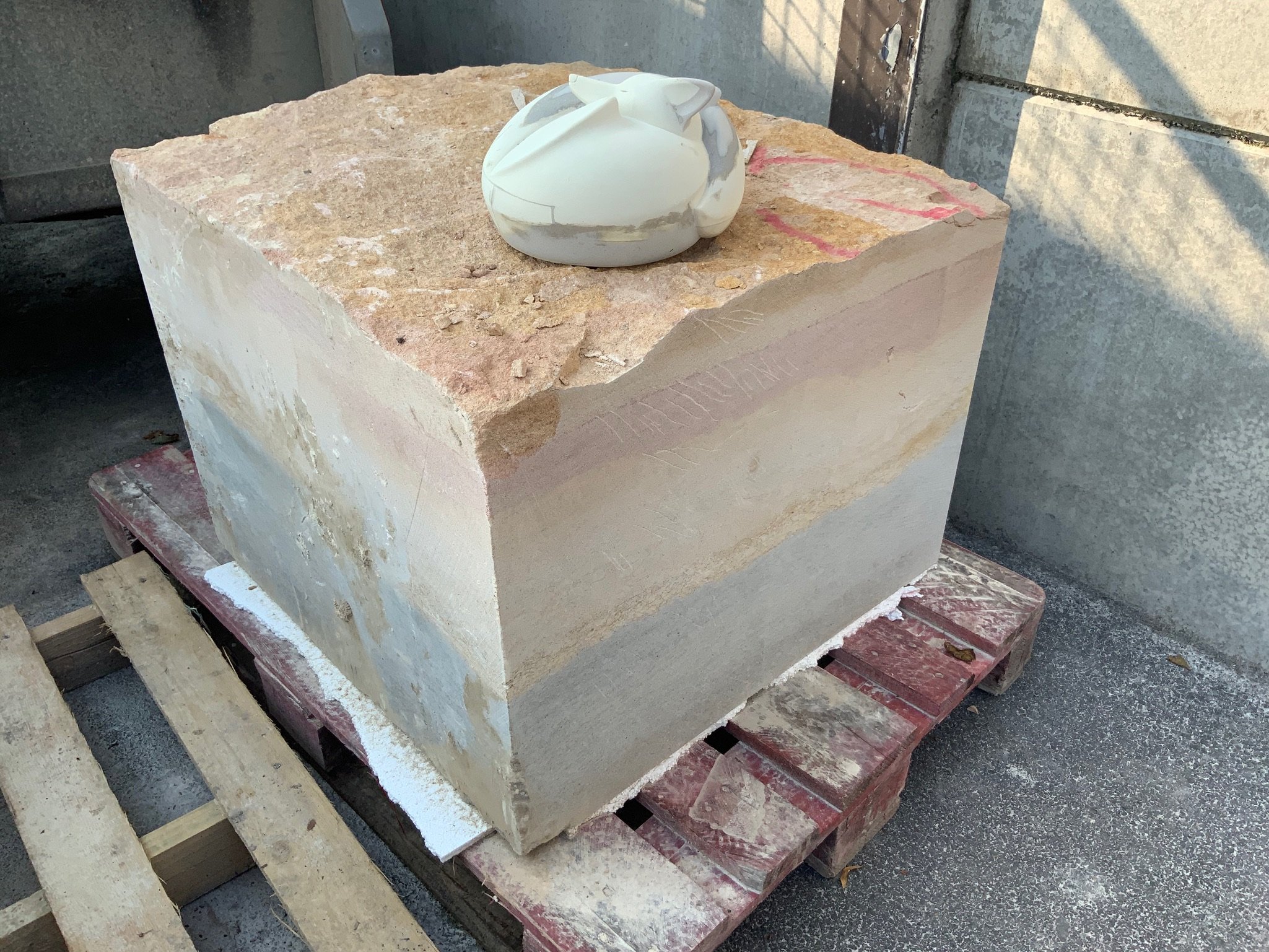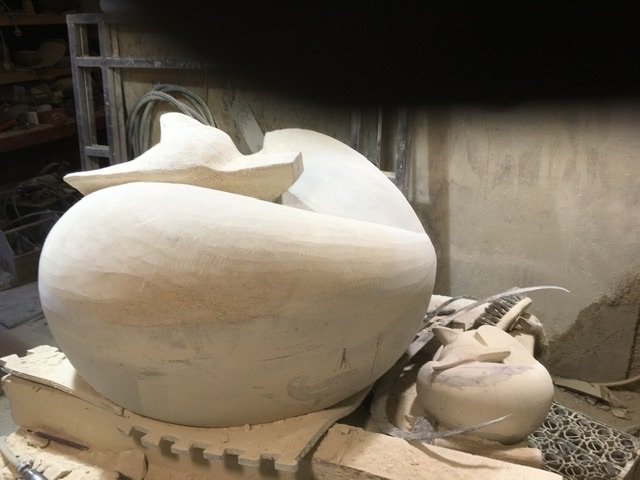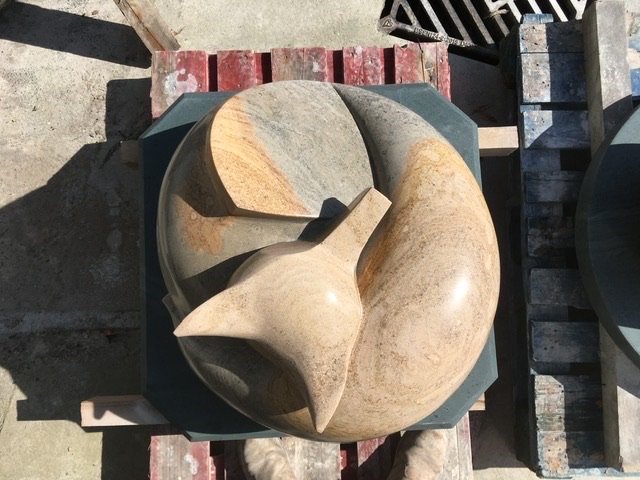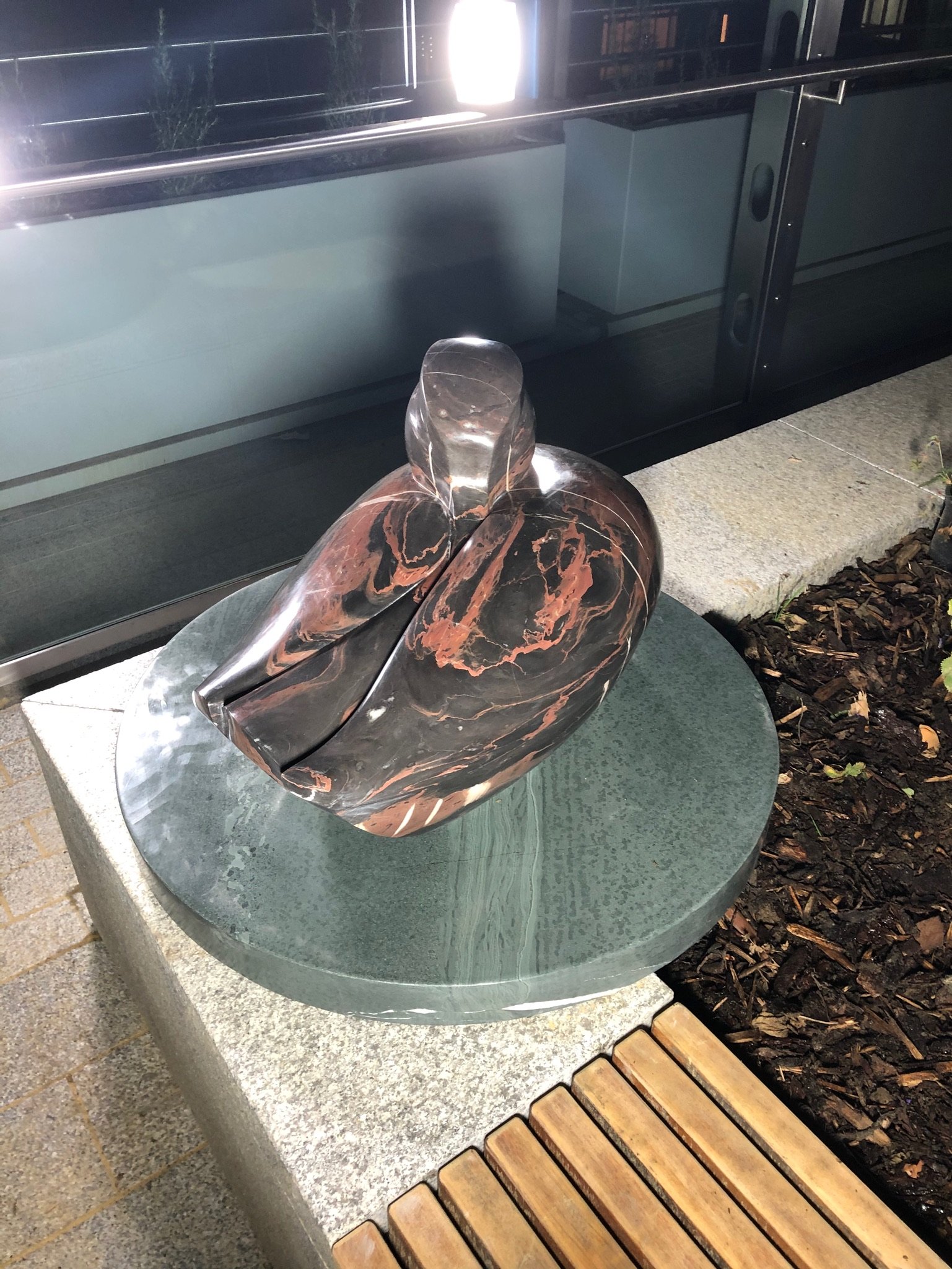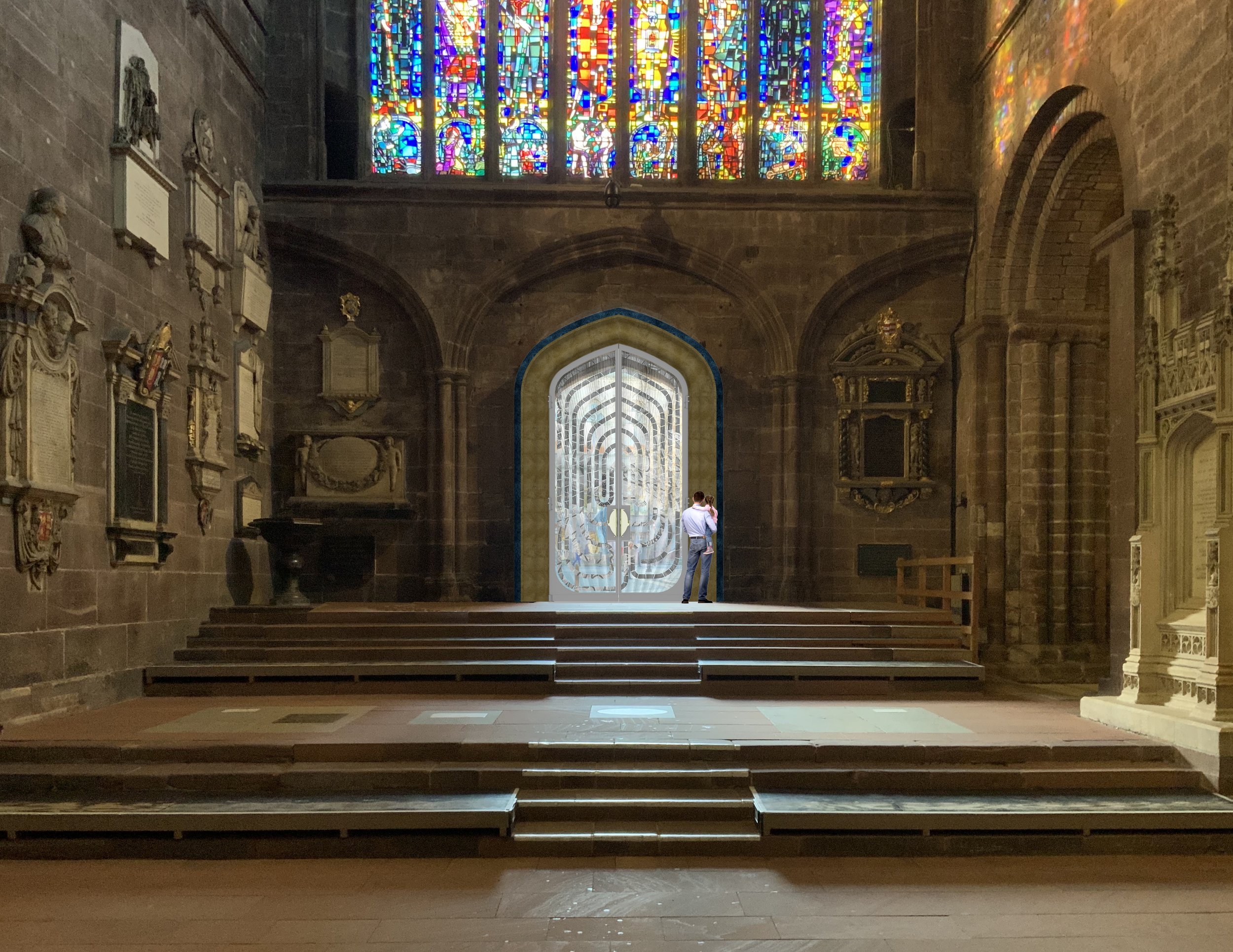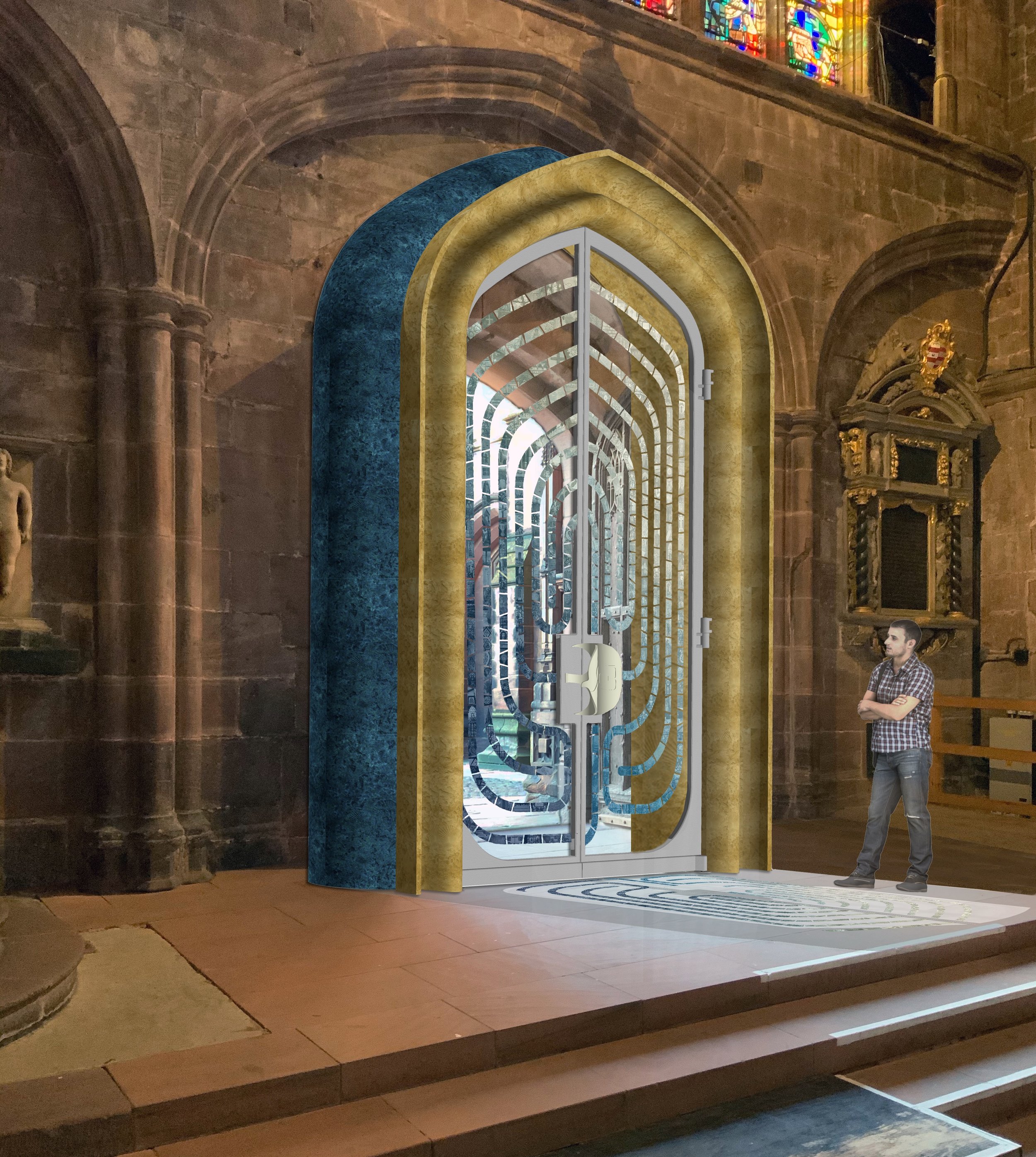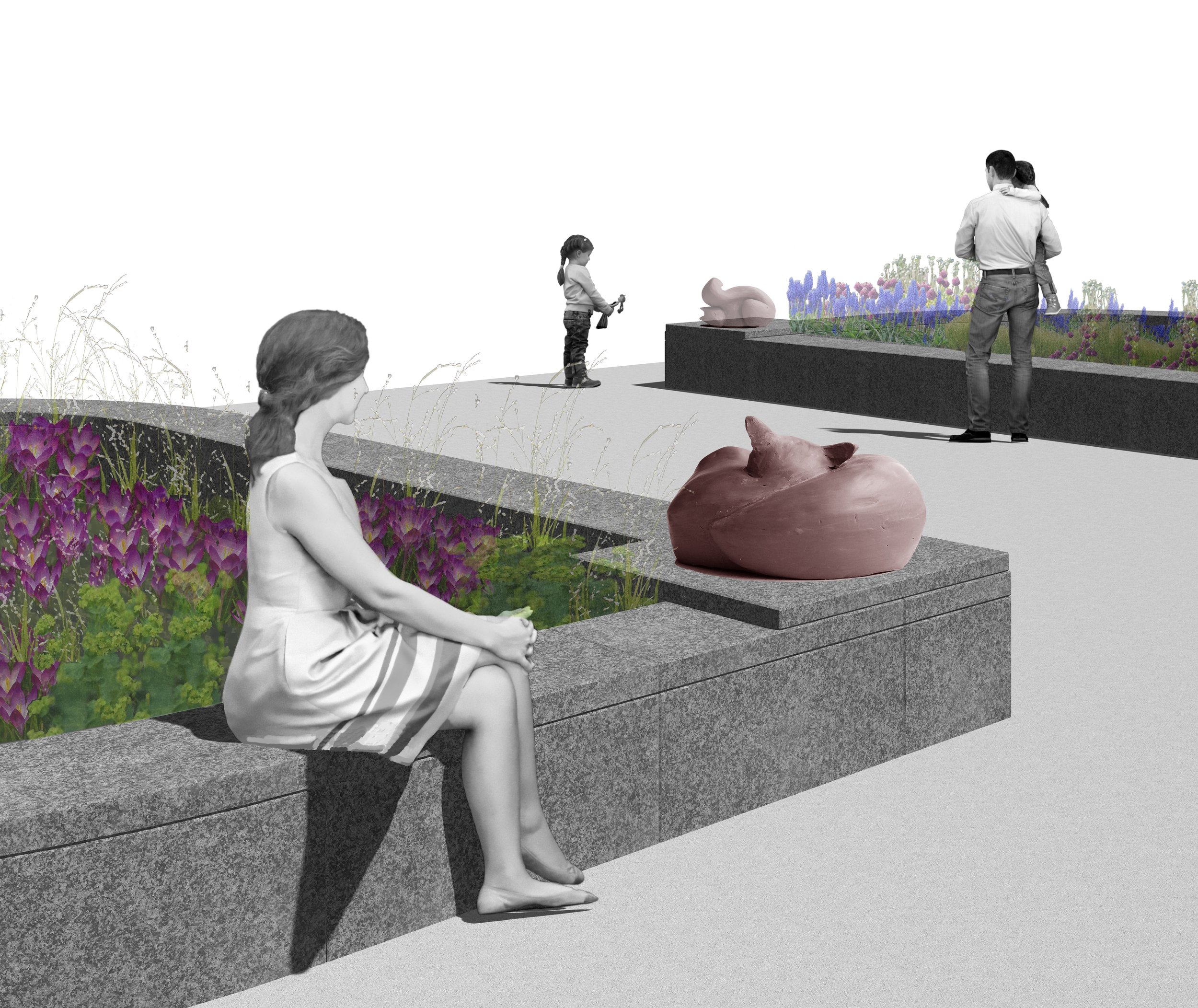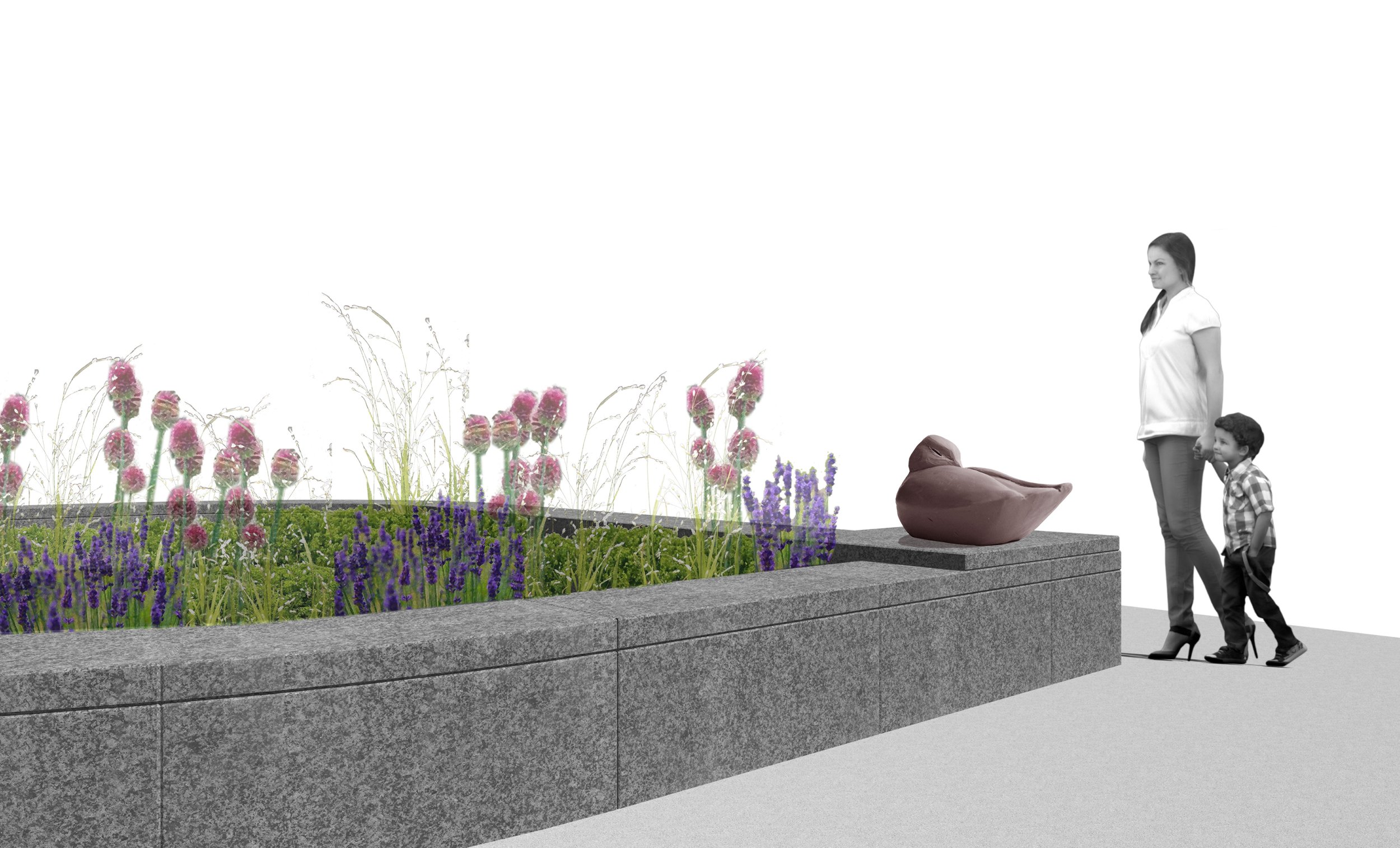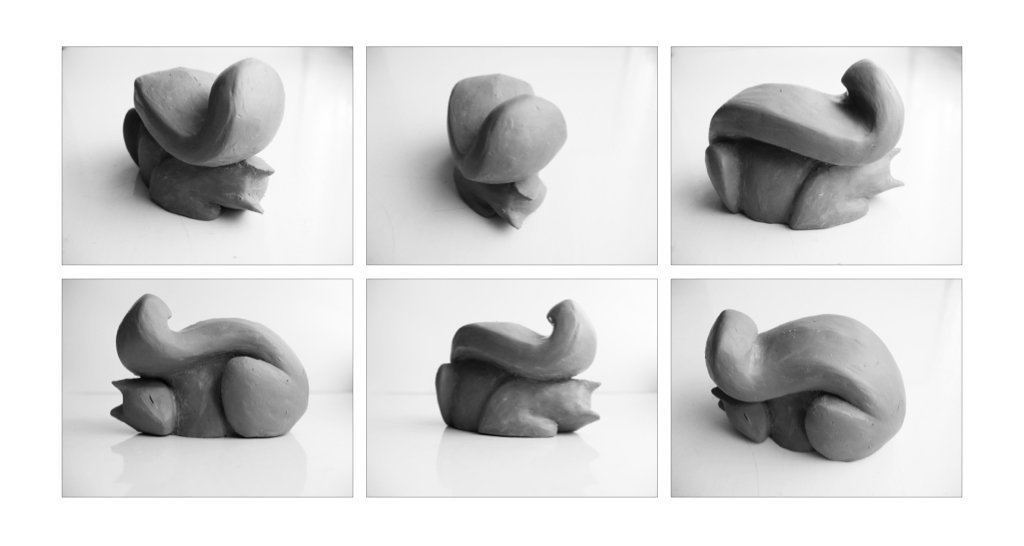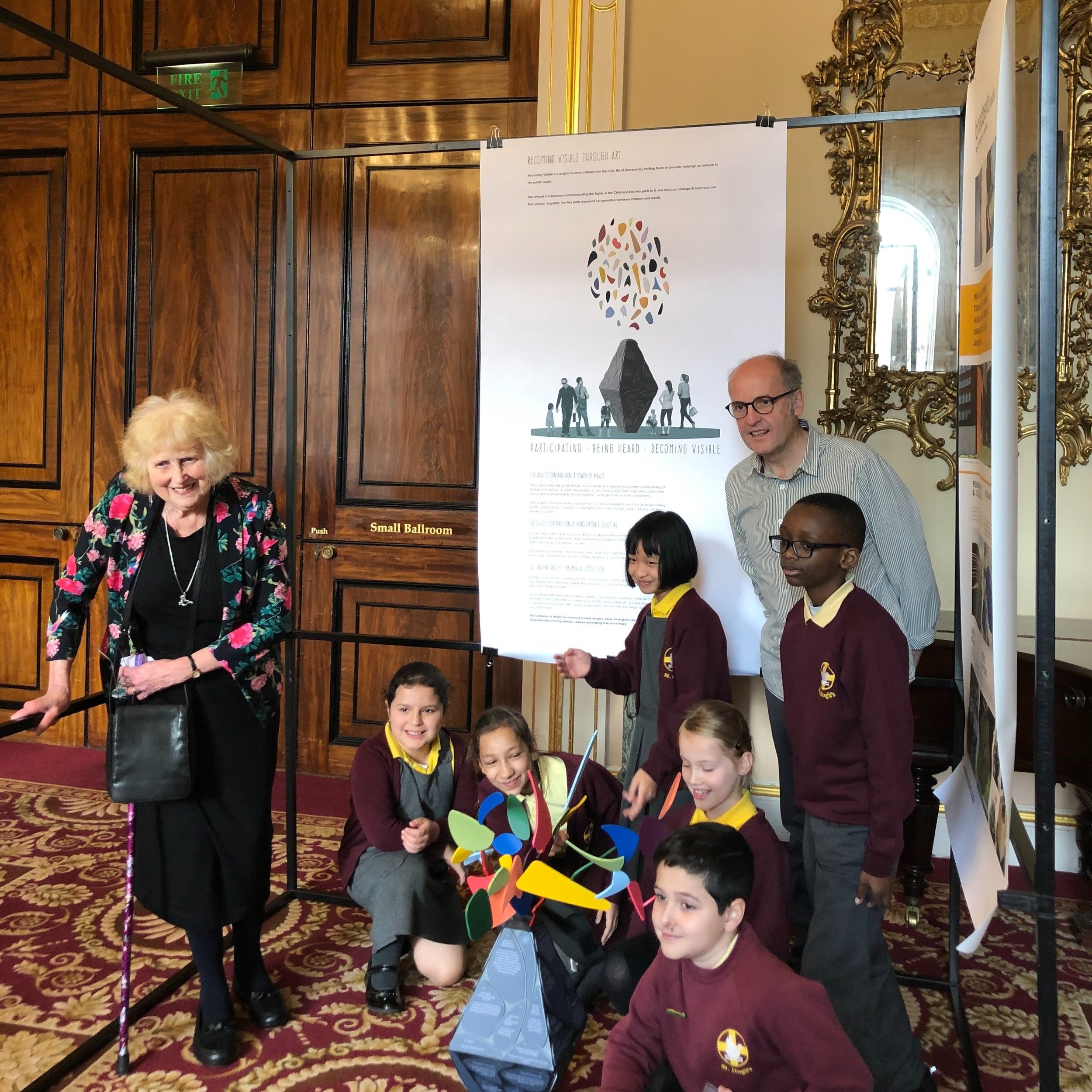Artist Statement :
Professor Maggie Jackson’s call to artists and makers to stop and think for a moment about a medieval poem on purgatory, has set us all on an unlikely journey. Maggie, our very own Beatrice, has drawn us into a world rich with symbolism and allegory.
There is so much to inspire artists in the work of Dante Alighieri, and in particular his masterpiece La Commedia, although I’ve never heard a sermon on Purgatory within my own faith tradition.
C.S. Lewis came closest in his book ‘The Great Divorce’ presenting the picture of a process of purification as part of a continuing journey in heaven. And just like the unnatural brightness of the light in Dante’s poem, his novel speaks of how even walking proved difficult in heaven “The grass, hard as diamonds to my unsubstantial feet, made me feel as if I were walking on wrinkled rock”.
But I had to set off on a creative journey, finding a way to go, and the medium that would best express the idea, within the time I had left. I decided to look beyond purgatory, and the moment of Dante and Beatrice being united in paradise.
I decided to use steel plate, and imagined the 7 rings becoming increasingly enlarged as you pass through them, with the embracing figures carved into the final steel ring.
My decision to carve the steel by hand with a grinder heightened my sense of purgatory, while I listened to the poem on my ear defenders.
Stephen Broadbent - September 2025
‘Beyond Purgatory’
Patinated Steel
Size: h. 120cm w. 100cm
Weight : 45kg
price available on application
“Purgatory Project Exhibition
Open now, and until Sunday 16 November 2025
Interpreted dramatically by the Italian poet Dante in the fourteenth century, Purgatory as a concept resonates with us just as strongly in the twenty-first century, concerning, as it does, the place of the seven deadly sins (lust, greed, wrath, sloth, envy, pride and gluttony) in our world today.
Rarely have our current values and preoccupations seemed more questionable in an increasingly unbalanced world. Many suffer, whist others thrive, seemingly driven by self-interest.
This exhibition highlights our vision of Purgatory in contemporary society through a display of multi-media art works exemplifying our current view of who we are, and who we might be. Yet for Dante, and for us now, hope remains a constant fixture in our lives.”




